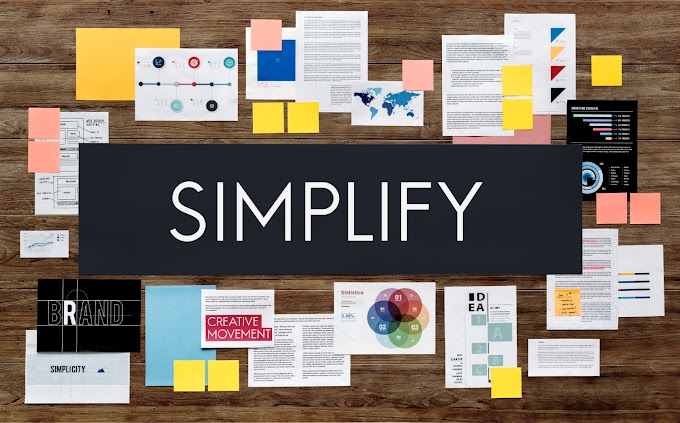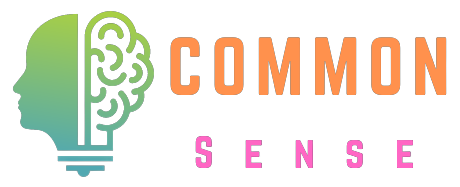National Decision-Making Model
I. Understanding the National Decision-Making Model
At its core, a national decision-making model is a structured process that enables governments to make informed choices and implement policies that line up with their objectives and values. It involves a series of steps and considerations that encompass gathering information, analyzing alternatives, consulting stakeholders, and ultimately reaching a decision.
1. Information Gathering: The decision-making process begins with the collection and analysis of relevant data and information. This may involve conducting research, commissioning studies, consulting experts, or leveraging technology-driven tools for data-driven insights.
2. Stakeholder Consultation: Effective decision-making takes into account the perspectives and interests of various stakeholders, including citizens, civil society organizations, businesses, and other branches of government. Engaging these stakeholders fosters transparency, inclusivity, and ensures that decisions are well-informed and representative.
3. Analysis of Alternatives: A robust decision-making model involves evaluating a range of options and considering their possible impacts, risks, and benefits. This analysis may include economic, social, environmental, and political factors, allowing decision-makers to identify the most suitable course of action.
4. Decision-Making Frameworks: National decision-making models often incorporate decision frameworks such as cost-benefit analysis, risk assessment, or multi-criteria decision analysis. These frameworks provide a structured approach to weigh different factors and prioritize choices based on defined criteria.
II. Key Elements of a National Decision-Making Model
A well-designed national decision-making model encompasses several key elements that contribute to its effectiveness. These elements are essential for ensuring transparency, accountability, and long-term sustainability in governance.
1. Clarity of Goals and Objectives: A clear articulation of national goals and objectives is essential for decision-making. Defining the desired outcomes helps guide the decision-making process and ensures that choices bring into line with the broader vision of the nation.
2. Stakeholder Engagement: Engaging stakeholders at different stages of decision-making fosters a sense of ownership and legitimacy. It allows for the incorporation of diverse perspectives, enhances the quality of decisions, and helps build public trust and confidence.
3. Evidence-Based Decision-Making: A national decision-making model should prioritize evidence-based approaches. Relying on empirical data, expert opinions, and rigorous analysis enables leaders to make informed choices and minimize the influence of biases or personal interests.
4. Flexibility and Adaptability: The ability to adapt and adjust decisions in response to changing circumstances is crucial for effective governance. A robust decision-making model allows for flexibility, incorporating feedback loops and mechanisms to revisit and modify choices as needed.
5. Long-Term Thinking: National decision-making models should encourage a long-term perspective, considering the latent consequences and impacts of choices on future generations. Sustainable development goals, environmental conservation, and social equity should be integral considerations.
III. Benefits and Challenges of a National Decision-Making Model
Implementing a national decision-making model offers several benefits while also presenting certain challenges that need to be addressed for its successful application.
1. Benefits of a National Decision-Making Model:
a. Improved Decision Quality: A structured decision-making process enhances the quality of decisions by ensuring a Organized consideration of relevant factors and alternatives.
b. Stakeholder Alignment: Engaging stakeholders fosters transparency and inclusivity, aligning decisions with the interests and values of the population.
c. Accountability and Transparency: A well-defined decision-making model promotes accountability by establishing clear procedures and criteria for decision-making, reducing the prospective for corruption or arbitrary choices.
d. Consistency and Predictability: A structured model provides consistency and predictability, enabling citizens, businesses, and other stakeholders to anticipate and plan for the outcomes of decisions.
2. Challenges in Implementing a National Decision-Making Model:
a. Time and Resource Constraints: The decision-making process can be time-consuming and resource-intensive, wanting suitable capacities and expertise for data analysis, stakeholder engagement, and implementation.
b. Balancing Conflicting Interests: Decision-making often involves navigating competing interests, demanding careful negotiation and compromise to reach consensus or resolve conflicts.
Read More: Budgeting
d. Public Perception and Trust: Building public trust in the decision-making process is essential. Transparent communication, accountability, and inclusivity are key to overcoming skepticism or cynicism among the population.
 Conclusion
Conclusion
A well-structured and comprehensive national decision-making model is instrumental in guiding effective governance and shaping a prosperous future for nations. By embracing the key elements outlined above, governments can foster transparency, inclusivity, evidence-based decision-making, and long-term thinking. While challenges may arise during implementation, the benefits of a robust decision-making model far outweigh the complexities. As nations continue to face complex challenges in the years ahead, a well-designed national decision-making model will remain a cornerstone for leaders seeking to navigate the intricate path of governance and drive positive change for their citizens.
FAQ
Ques 1: What is the national decision-making model?
Ans: The national decision-making model is a structured framework used by governments and organizations to make informed choices. It involves steps like defining the problem, gathering information, considering options, evaluating risks, and selecting the best course of action. This model helps ensure systematic and rational decision-making processes.
Ques 2: Who developed the national decision-making model?
Ans: The national decision-making model is a concept employed by various governments and organizations globally. It doesn't have a single developer or originator, as its principles are drawn from fields like public administration, management, and decision science. Different countries and institutions adapt and implement the model according to their needs.
Ques 3: What are the 5 models of decision-making?
Ans: The five models of decision-making are:
1. Rational model: Based on logic, information, and analysis.
2. Bounded rationality model: Decision-makers consider limited information due to time and resource constraints.
3. Political model: Decisions influenced by various stakeholders' interests and power dynamics.
4. Incremental model: Decisions evolve gradually based on past choices.
5. Garbage can model: Decisions result from random interactions of problems, solutions, and participants.
1. Rational model: Based on logic, information, and analysis.
2. Bounded rationality model: Decision-makers consider limited information due to time and resource constraints.
3. Political model: Decisions influenced by various stakeholders' interests and power dynamics.
4. Incremental model: Decisions evolve gradually based on past choices.
5. Garbage can model: Decisions result from random interactions of problems, solutions, and participants.
Ques 4: What is the national decision model used for?
Ans: The National Decision Model (NDM) is used by law enforcement agencies, like the police, to guide their decision-making processes. It helps officers make consistent, ethical, and effective choices by considering various factors, including risks, legal obligations, available resources, and community priorities, when responding to incidents or situations.
Ques 5: When was National Decision Model (NDM) introduced?
Ans: The National Decision Model (NDM) was introduced by the Association of Chief Police Officers (ACPO) in the United Kingdom. It was formally adopted in 2012 as a framework to guide decision-making by law enforcement agencies, providing a systematic and structured approach for officers to assess situations and make appropriate choices.








Do Leave Your Comment